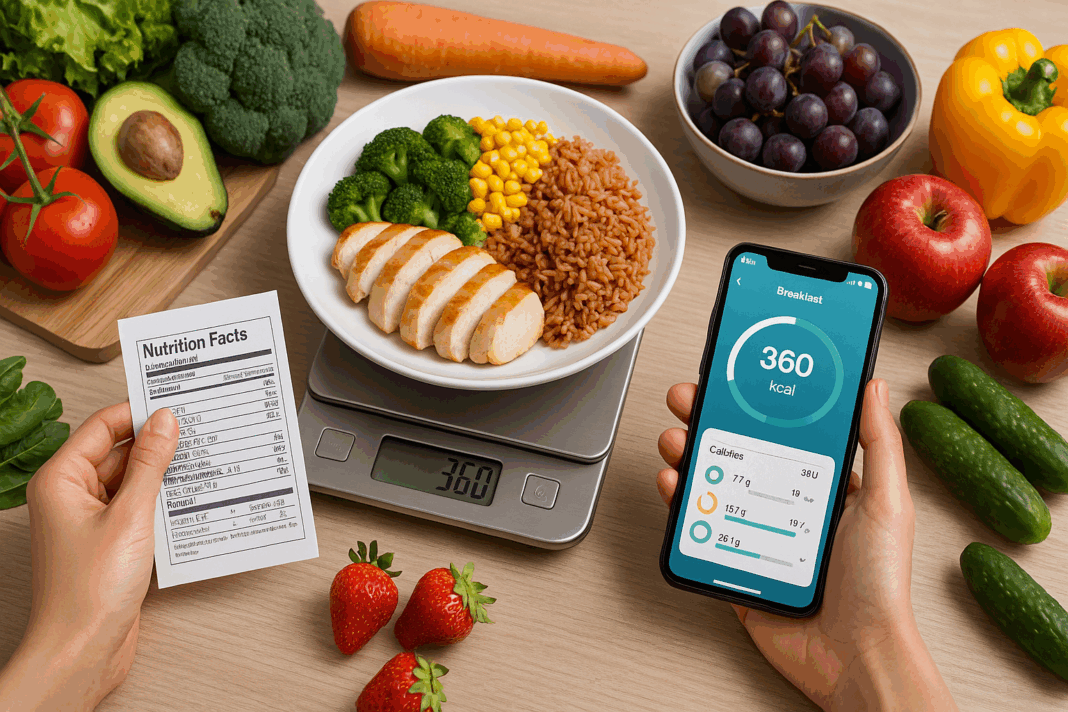Understanding the Importance of Portion Awareness in Modern Nutrition
In an age where health information is more accessible than ever, the challenge for many is not the absence of guidance but rather the overwhelming abundance of it. With countless diets, calorie calculators, and food tracking apps at our disposal, it’s easy to get lost in the specifics. Yet, one deceptively simple concept continues to trip up even the most well-intentioned eaters: understanding serving sizes. Many people assume they’re eating one portion when in reality they’re consuming two—or more—without even realizing it. This seemingly small misunderstanding can add hundreds of extra calories per day, derailing goals related to weight management, blood sugar regulation, and cardiovascular health.
You may also like: 4 Ways to Have a Healthy Diet: Expert Tips Backed by Science for Better Nutrition and Long-Term Wellness
That’s where the question—“how many calories are in 2 servings?”—comes into sharp focus. It is a deceptively simple inquiry that unlocks a deeper understanding of nutrition literacy. Calories 2 serving measurements aren’t just for label readers or fitness enthusiasts—they are a critical component of any nutrition-conscious lifestyle. Proper portion awareness allows us to accurately gauge intake, make informed choices, and maintain control over our health without having to eliminate the foods we love.
By taking a closer look at how servings are defined, how to calculate calorie content accurately across multiple portions, and how these insights apply in everyday eating scenarios, we can develop a healthier, more empowered relationship with food. Let’s explore this in detail, using expert nutritional guidance and scientifically grounded strategies to help you get the most out of every bite.
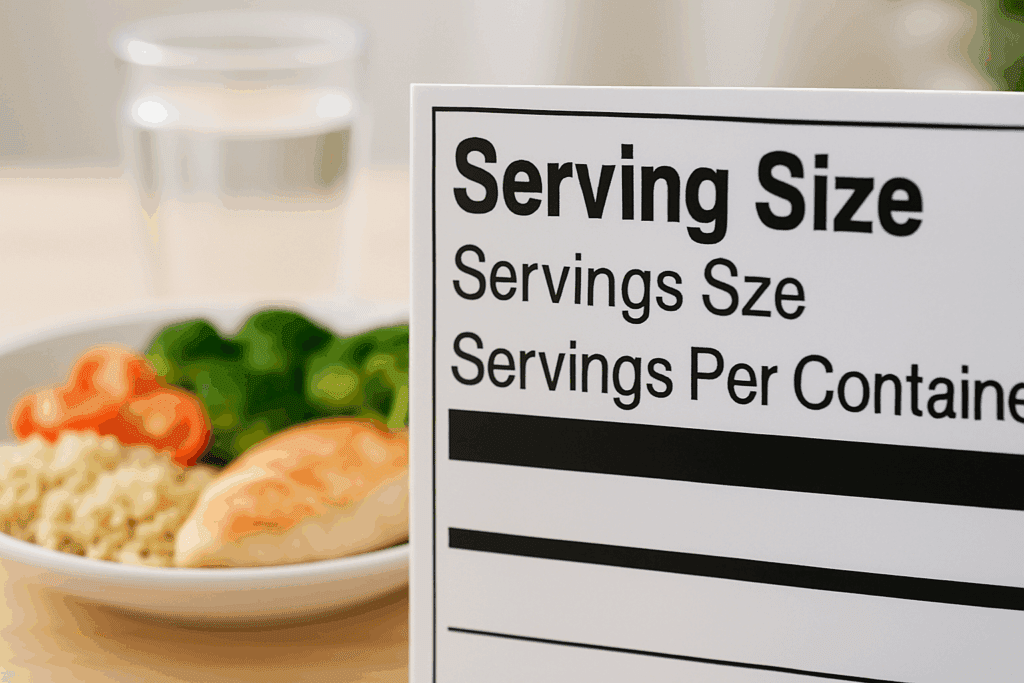
What Exactly Is a Serving Size and Who Determines It?
Before we can determine how many calories are in 2 servings, we must understand what constitutes a single serving in the first place. Contrary to popular belief, a serving size is not always synonymous with how much food a person typically consumes. Instead, it is a standardized reference amount defined by regulatory bodies like the U.S. Food and Drug Administration (FDA) to help consumers understand the nutritional content of foods and compare different products on an equal basis.
Serving sizes on Nutrition Facts labels are based on what people typically eat—not what they should eat. These are known as Reference Amounts Customarily Consumed (RACCs), and they reflect national food consumption data. For example, the serving size for breakfast cereal might be 1 cup, but many people pour closer to 1.5 or 2 cups into their bowl, especially if they’re using a larger dish or skipping other breakfast components like fruit or eggs.
This distinction matters because doubling your portion also doubles your intake of calories, sugars, fats, and sodium—whether or not you realize it. When you’re not paying close attention, what seems like a harmless second helping can end up sabotaging your nutrition goals. That’s why understanding the meaning of “2 servings” isn’t just a math exercise—it’s a health imperative.
Calories 101: How Calorie Content Is Calculated Per Serving
Calories are a measure of energy, and in the context of nutrition, they quantify how much energy your body can obtain from consuming a particular food or beverage. The total number of calories per serving listed on food packaging is calculated by summing up the caloric contribution from macronutrients: protein (4 calories per gram), carbohydrates (4 calories per gram), and fat (9 calories per gram). In some cases, alcohol (7 calories per gram) and fiber (varies depending on type) are factored in as well.
To illustrate, consider a packaged granola bar that lists the following per serving: 180 calories, with 7 grams of fat, 25 grams of carbohydrates, and 4 grams of protein. If you consume two bars, you’re not just consuming “a little more”—you’re ingesting 360 calories, 14 grams of fat, 50 grams of carbohydrates, and 8 grams of protein. Understanding how many calories are in 2 servings allows you to better estimate your daily intake and avoid unintentional overeating.
This is particularly critical in foods marketed as healthy. A “light” salad dressing, for instance, may contain only 60 calories per serving—but the serving size is typically just two tablespoons. If you casually pour on four tablespoons, you’ve just doubled the calorie count, often without realizing it. Calories 2 serving breakdowns reveal the true impact of such choices, especially when repeated throughout the day.
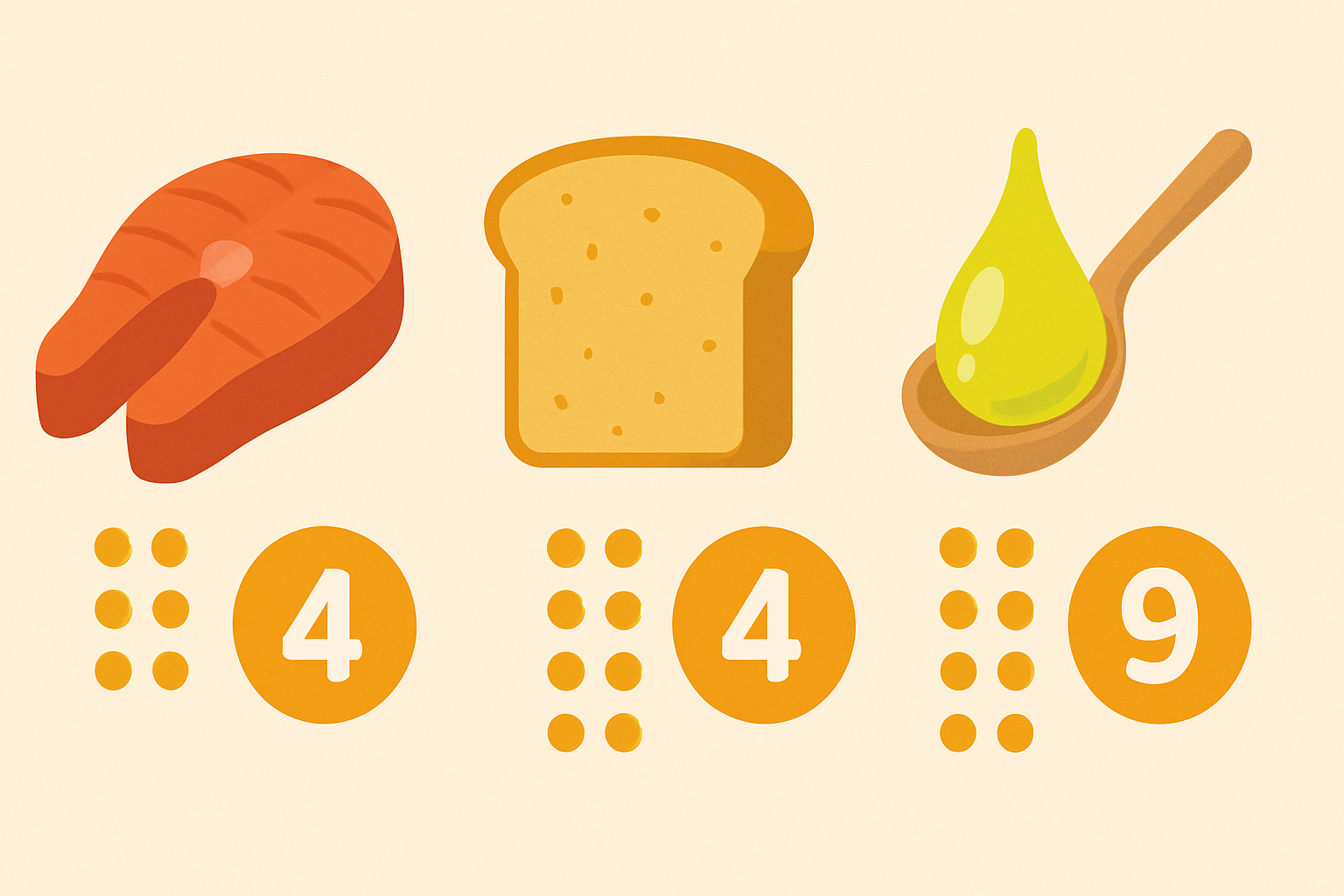
How Misjudging Portion Sizes Affects Weight and Metabolic Health
Inaccurate portion perception is one of the most common causes of stalled weight loss, unintended weight gain, and nutritional imbalance. The human brain is not naturally adept at estimating volume or caloric density, especially in the context of modern food environments where portions have grown substantially over the last few decades. A bagel that once counted as one serving now easily constitutes two or more by standard definitions, even though consumers often eat the whole thing in a single sitting.
This misjudgment can significantly affect blood sugar levels, especially in people with insulin resistance or diabetes. A serving of pasta may contain 42 grams of carbohydrates and 200 calories, but many restaurant portions include the equivalent of three servings—leading to a 600+ calorie meal with over 120 grams of carbohydrates. By knowing how many calories are in 2 servings and applying that knowledge, individuals can better modulate insulin response, avoid blood sugar spikes, and support long-term metabolic health.
The same logic applies to heart health. Sodium, saturated fat, and added sugars often sneak into the diet through innocent-looking “single servings” that, when consumed in double quantities, can easily exceed daily recommendations. That’s why calories 2 serving analyses are essential not just for weight control but for managing chronic disease risk and improving overall well-being.
Practical Tips for Accurately Measuring Two Servings at Home
For those aiming to develop a healthier relationship with food, one of the most powerful tools is the kitchen scale. While measuring cups and spoons provide some degree of accuracy, nothing beats the precision of weighing your portions in grams or ounces, especially for dense or irregular foods like nuts, pasta, cheese, and meat. Once you know what a single serving looks like, doubling it becomes straightforward—and you can calculate exactly how many calories are in 2 servings without guesswork.
Reading food labels thoroughly is another crucial practice. Look beyond the calorie number and pay close attention to serving size and servings per container. If a frozen meal contains “2 servings per container” and you eat the whole thing, you must multiply all nutrient values—calories, fat, sodium, and sugars—by two. This can be a surprising revelation for many, especially when the total package doesn’t appear particularly large.
Portion control doesn’t necessarily mean restriction. In fact, many nutritionists encourage clients to eat larger portions of low-calorie, nutrient-dense foods like leafy greens, broth-based soups, or fibrous vegetables. By mastering how many calories are in 2 servings of higher-density foods, and pairing them with generous portions of lower-calorie options, you can craft meals that are both satisfying and supportive of your health goals.

Restaurant Meals and Hidden Double Servings
One of the most underestimated areas where calorie doubling occurs is in restaurant dining. Most restaurant entrees contain far more than a single serving—even if they appear modest. Pasta dishes, sandwiches, burritos, and even smoothies can quietly include two to three servings of key ingredients like grains, oils, or proteins. This often results in consumers ingesting 800–1,200 calories in one sitting while believing they’ve had something “reasonable.”
To illustrate, a typical restaurant Caesar salad may be listed at 600 calories—but that’s for a portion size equivalent to one entrée. If you order a side Caesar or a lunch-sized version, you might be looking at just one serving. However, many diners opt for full portions without realizing the calorie math has already doubled. Asking for nutritional information—or splitting meals—is a wise strategy to keep calories in check.
Food delivery adds another layer of complexity. Without clearly labeled packaging, it’s difficult to know whether your container of stir fry includes one, two, or even three servings. In these cases, using visual cues—such as comparing your meal to the size of a tennis ball, deck of cards, or closed fist—can help you better approximate portion sizes until you can verify the exact breakdown.
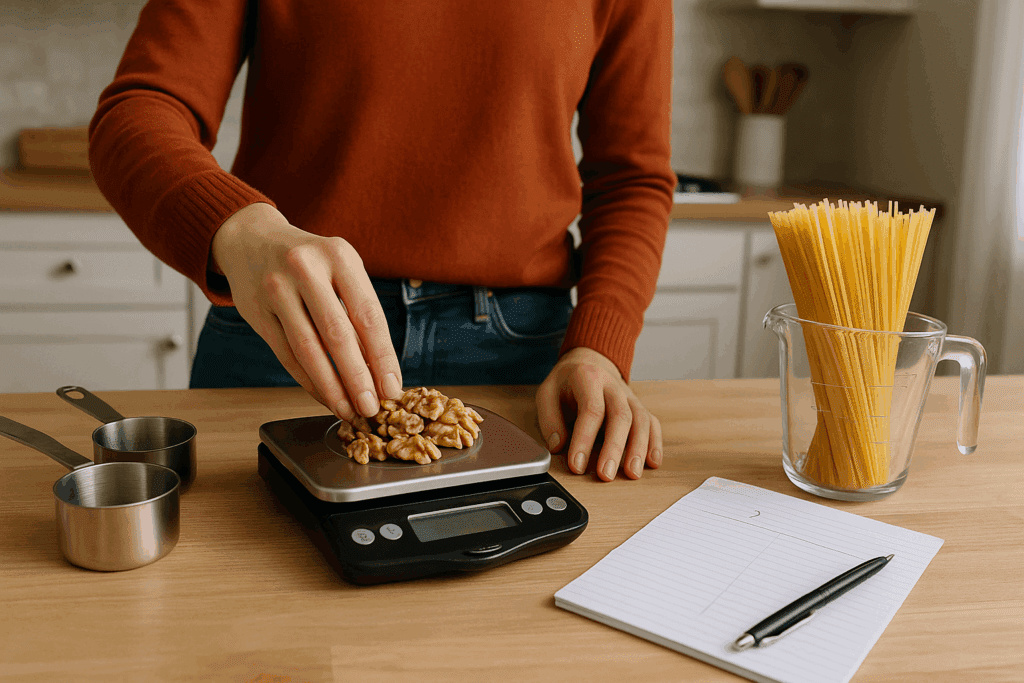
Calories in 2 Servings of Popular Foods: Eye-Opening Examples
Let’s take a closer look at some common foods and see how quickly calories can add up when two servings are consumed instead of one. This exercise not only clarifies how many calories are in 2 servings, but also illustrates how small changes can yield big differences in daily energy intake.
A single serving of peanut butter is two tablespoons, which contains about 190 calories. But it’s remarkably easy to scoop out double that amount when spreading it on toast or blending it into smoothies. Two servings? You’re at 380 calories, and possibly half your daily fat allotment.
Similarly, tortilla chips are often served with salsa or guacamole in large bowls, but a standard serving is just about 12–15 chips, totaling roughly 140 calories. Doubling that (as most people do during social snacking) brings your intake to 280 calories—not including the dip.
Granola, marketed as a health food, is another prime culprit. A single serving is usually ¼ to ½ cup, containing anywhere from 200 to 250 calories. Two servings? Easily 400–500 calories, especially when poured freely over yogurt or into a bowl like cereal. By knowing the true calorie count in 2 servings, you can decide whether that second scoop is worth it—or opt for a lower-calorie alternative.
When Two Servings Make Sense: Strategic Doubling for Active Lifestyles
Not every instance of consuming two servings is problematic. In fact, for athletes, highly active individuals, or those recovering from illness, doubling up on certain foods can be beneficial and even necessary. The key is intentionality. When you know how many calories are in 2 servings and choose to eat them strategically, you can better support your body’s energy needs without derailing your nutrition goals.
For example, a long-distance runner might intentionally eat two servings of complex carbohydrates like brown rice or sweet potatoes before a workout to maximize glycogen stores. Similarly, someone in a muscle-building phase may opt for two servings of lean protein to stimulate muscle protein synthesis. In these cases, calories 2 serving calculations aren’t a warning sign—they’re a tool for precision.
Even in weight maintenance, doubling up on vegetables, legumes, or whole grains can promote satiety and reduce the need for high-calorie, less nutritious snacks later in the day. The takeaway? When you consciously choose two servings and understand what that means for your overall intake, you gain control over your health rather than ceding it to convenience or confusion.
Smart Tools and Apps to Help Track Two-Serving Calories
Technology can be a powerful ally in the quest for better nutrition. Food tracking apps like MyFitnessPal, Cronometer, and Lose It! allow users to input not only the food they’re eating but also the precise number of servings. This enables real-time calculations of how many calories are in 2 servings of any given food, making portion tracking far more accurate than mental math alone.
Smart kitchen scales that sync with apps can also streamline the process. These tools allow users to weigh food, identify portion sizes, and automatically log caloric content—removing guesswork and promoting mindful eating. For individuals managing conditions like diabetes, hypertension, or high cholesterol, these tools can provide life-changing clarity.
Just as importantly, these apps often provide feedback on macronutrient balance, fiber intake, and sodium levels—ensuring that your doubled servings are not just calorie-accurate but nutritionally sound. In an age of data-driven living, this type of precision can make all the difference in achieving long-term health goals.

Frequently Asked Questions: How Many Calories Are in 2 Servings?
1. Why does it matter if I eat two servings instead of one?
Eating two servings rather than one often results in a dramatic increase in caloric intake, especially when foods are calorie-dense. For example, doubling a serving of trail mix can take you from 150 to 300 calories in seconds without you realizing it. This seemingly small change can have long-term implications, especially for people trying to manage weight or maintain stable blood glucose levels. Understanding how many calories are in 2 servings helps you see the hidden nutritional load in foods that are easy to overconsume. When this awareness becomes second nature, you’re more equipped to make portion-conscious decisions even when no label is present.
2. Are calories from 2 servings processed differently by the body?
The body processes the calories from 2 servings in the same metabolic way it handles a single serving—by extracting energy from macronutrients like fats, carbohydrates, and proteins. However, larger portions may influence digestion speed, hormone responses, and satiety differently. Consuming double portions of high-glycemic foods can trigger a sharper insulin spike, which may contribute to energy crashes or cravings. The timing and context also matter: calories from 2 servings post-workout may be metabolized differently than the same amount consumed late at night. By learning how many calories are in 2 servings and pairing that knowledge with timing and food quality, you can make your eating habits more strategic.
3. How do I estimate calories for 2 servings when I’m eating out or traveling?
Traveling and dining out pose real challenges because serving sizes aren’t always labeled, and meals are often prepared without standardized measurements. A useful strategy is to look for familiar visual references—such as a deck of cards for 3 ounces of meat or a tennis ball for 1 cup of rice. You can also look up nutrition facts from restaurant chains online to see estimates. If you suspect a meal includes multiple servings, assume at least double the listed calorie amount, especially for sauces, oils, and starch-heavy sides. In these scenarios, thinking in terms of calories 2 serving estimations becomes an essential part of maintaining control over your intake while still enjoying flexibility.
4. Are there specific foods where eating two servings has surprising calorie consequences?
Absolutely. Some foods are deceptively calorie-dense despite appearing modest in volume. Granola, nut butters, cheese, salad dressings, and smoothie bases are prime examples. You might think you’re consuming just a small portion, but the calorie content can double easily. For instance, two servings of almond butter equate to around 400 calories, often consumed with minimal satiety. Knowing how many calories are in 2 servings of these items can prevent mindless eating and help you manage portions in real-time without deprivation.
5. How can I use this knowledge to meal prep more effectively?
Meal prepping with an understanding of calories 2 serving strategies allows you to balance your energy intake more precisely. For example, if you know your lunch needs to be around 600 calories, you can combine one serving of brown rice with two servings of lean protein and a serving of vegetables to hit your target. Doubling servings can also work in your favor when prepping for high-activity days, as long as you account for the extra calories intentionally. Pre-measured containers and food scales ensure that your planned double portions remain accurate, avoiding the pitfalls of visual misjudgment.
6. Can understanding how many calories are in 2 servings help with intuitive eating?
It might seem counterintuitive, but yes—caloric awareness can actually support intuitive eating when used thoughtfully. Being familiar with how many calories are in 2 servings provides a foundational reference point for your internal hunger cues. Instead of relying solely on intuition in the early stages, this knowledge builds a mental database of portion expectations. Over time, this helps you differentiate between emotional and physical hunger. Rather than restricting, you’re informing your instincts, which is a powerful strategy for long-term, sustainable eating habits.
7. What role does food packaging play in underestimating portion size?
Packaging plays a significant psychological role in how people perceive serving sizes. Single-serving snacks are often packaged in small bags that actually contain two or more servings, misleading consumers into eating more than intended. The design and marketing of “mini” or “snack-sized” items often trick the brain into assuming they are low in calories. Unless you read the label carefully, it’s easy to overlook that you’re consuming double the stated calories. This makes understanding calories 2 serving breakdowns critical when navigating packaged foods that downplay their real nutritional impact.
8. How does doubling servings affect blood sugar and energy levels?
When you double servings—particularly of high-carb or high-sugar foods—you increase the glycemic load of your meal. This can lead to a rapid spike in blood sugar, followed by a steep crash, resulting in energy dips, irritability, and cravings. Understanding how many calories are in 2 servings gives insight into the full metabolic impact of your food choices. Choosing balanced pairings—like combining carbs with fiber, fat, and protein—can help slow digestion and moderate these effects. This perspective allows you to work with your body’s energy rhythms rather than against them.
9. How can athletes or highly active people benefit from doubling servings?
For athletes and individuals with high energy expenditures, doubling servings can be an effective way to meet increased caloric demands. Whether you’re in a muscle-building phase, training for endurance events, or recovering from intense activity, two servings of nutrient-dense foods may support faster recovery and performance. Knowing exactly how many calories are in 2 servings allows these individuals to plan their macros with precision. Instead of simply eating more intuitively, performance-focused eaters can use this data to ensure they’re not falling into an energy deficit. In these cases, doubling isn’t overconsumption—it’s smart fuel management.
10. Are there future innovations that could make tracking two-serving calories easier?
Yes, the future of nutrition tracking is becoming more intelligent and personalized. Emerging technologies like AI-powered meal scanners, smart utensils, and real-time blood glucose monitors will soon offer insights into not only what you eat but also how your body responds. Some apps are already beginning to suggest personalized serving sizes based on biometric data and daily activity levels. As these tools evolve, knowing how many calories are in 2 servings may be integrated into automatic recommendations tailored to your metabolism, rather than relying solely on static labels. The result will be a more nuanced, data-driven approach to nutrition that adapts with your goals and lifestyle.
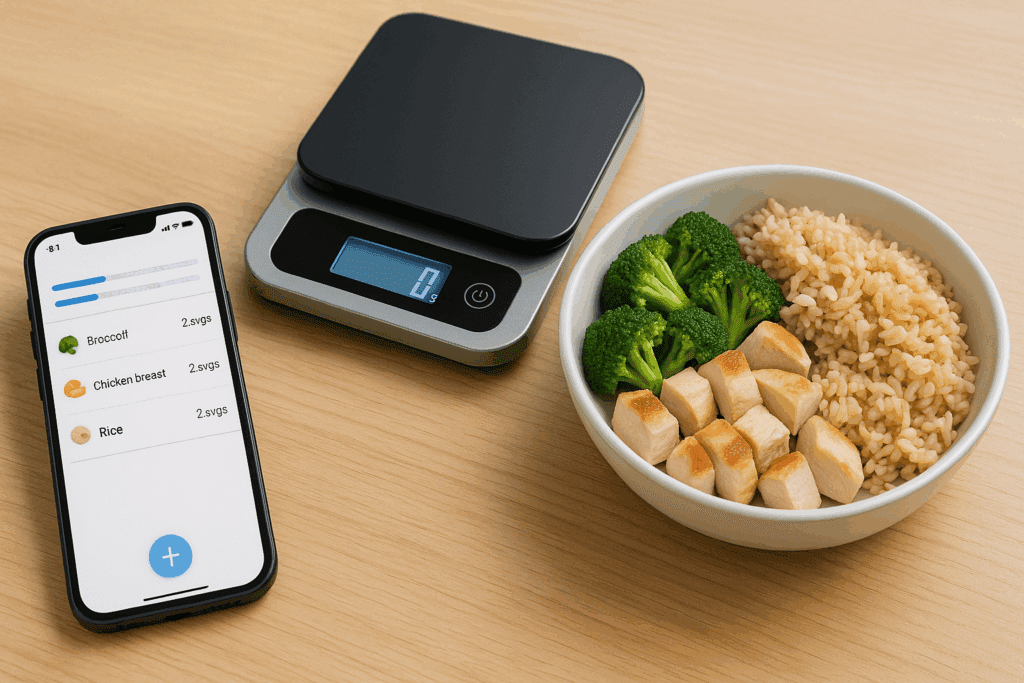
Empowering Your Health by Understanding How Many Calories Are in 2 Servings
Nutrition isn’t just about what you eat—it’s about how much, how often, and why. Learning how many calories are in 2 servings gives you a new lens through which to view your eating habits. Whether you’re working to lose weight, improve your metabolic health, or simply eat more mindfully, understanding portion sizes and their calorie implications is a foundational skill.
By embracing tools like label reading, kitchen scales, and tracking apps, you gain agency over your choices. Recognizing when two servings are appropriate and when they’re excessive transforms your approach to food from reactive to intentional. You’ll be less likely to fall into traps set by oversized packaging, misleading labels, or casual dining environments that promote overeating.
Ultimately, health is not about perfection—it’s about consistency, knowledge, and awareness. When you internalize the significance of calories 2 serving analyses and apply them in everyday decisions, you move closer to a more balanced, sustainable, and empowered relationship with food. And that’s not just good nutrition—it’s good living.
Further Reading:
Food Portions: Choosing Just Enough for You


